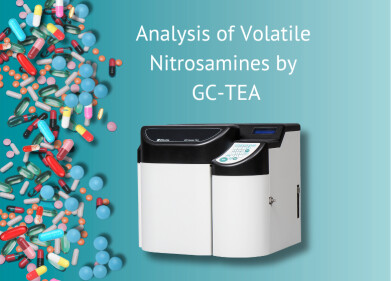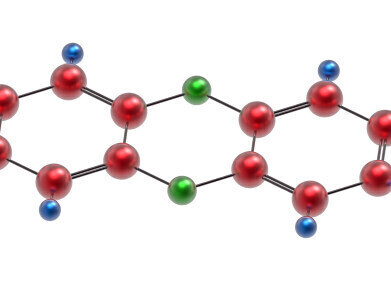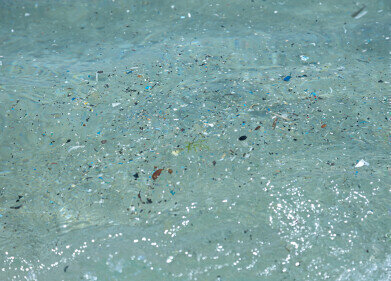GC-MS
Is Your Rice Really Basmati? - Chromatography Investigates
Jan 23 2021
Demand for rice has increased dramatically with The Rice Association, a UK body representing the importation, processing, and marketing of rice in the UK, estimating an increase of over 450% since the 1970s. One of the types of rice that has seen demand rapidly increase is basmati rice. But this increase has also seen a growth in another trade – adulteration of basmati rice with cheaper and lower quality varieties of rice is also on the increase.
But researchers and scientists are fighting back against food adulteration. A team in the UK has developed methods a way to help detect adulteration of basmati rice. A hand-held spectroscopic based method can detect up to 90% of frauds and this is backed up with a chromatographic method that can detect 100% of basmati rice adulteration. The results are published in a paper - A two-tiered system of analysis to tackle rice fraud: The Indian Basmati study – in the journal Talanta. Want to know how to check your basmati for cheaper alternatives?
More than just grass seed
There are more than 40 000 varieties of cultivated rice, seeds from the grass Oryza sativa. The varieties all belong to one of three basic groups, long grain, medium grain, and short grain. Basmati is a long grain aromatic variety that is traditionally found in the Himalayan foothills of India and Pakistan. It has been cultivated for thousands of years and is a staple food in India and is consumed all around the world.
The distinctive flavour, aroma and fragrance of basmati rice is due to the aroma compound 2-acetyl-1-pyrroline. Basmati rice naturally contains approximately 0.09ppm of the compound which is over 10 times as much as non-basmati varieties. The compound is also found in cheese and fruit, as well as in bakery products. The flavour and aroma of basmati are characteristic that make it highly valued to consumers and a target to fraudsters.
Cheats can’t fool GC-MS
Researchers at the Institute for Global Food Security at Queen’s University, Belfast have developed two methods to help detect fraudulent basmati rice. One is a hand-held device based on near infrared spectroscopy which can be used in the field. They have also developed a lab-based test to back this up which uses gas chromatography-mass spectroscopy. The development of new methods and technologies is the discussed in the article, It sounds a great idea but…
The team used over 1400 rice samples to test their new methods and to ensure they were validated. The methods produce food fingerprints and can easily detect between prime basmati in inferior rice. The team are looking to utilise the methods they have developed to analyse and improve the safety of other foodstuffs including herbs and spices.
Events
May 11 2025 Vienna, Austria
May 18 2025 Tempe. AZ, USA
May 21 2025 Birmingham, UK
Jun 01 2025 Baltimore, MD, USA
Jun 15 2025 Bruges, Belgium














